Google Demand Gen: from discovery to predicting user intent
Imagine reaching your ideal audience before they actively search for your product. Not when they're already decided, but when they're still...
Plan, activate and control media to hit targets with precision.
Turn data into smart decisions with advanced analytics and modeling.
Efficiency, governance and scale for agencies and teams.
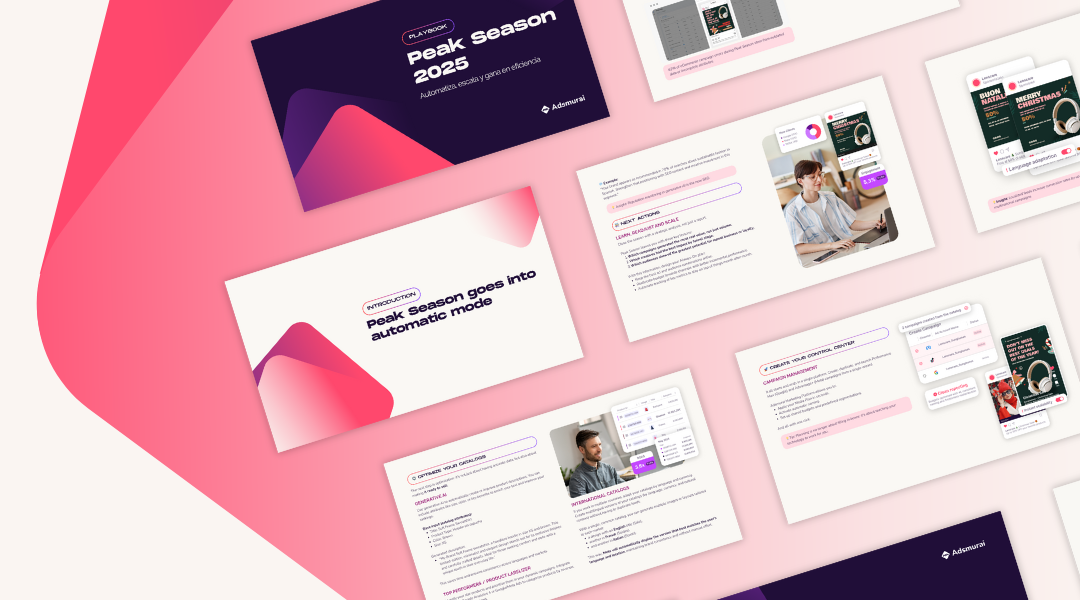
[Ebook] How to plan for an unstoppable peak season
Master high seasons with strategy, data, and automation. Discover how to optimize your campaigns during peak demand periods with strategies based on market analysis and consumer behavior.
Discover more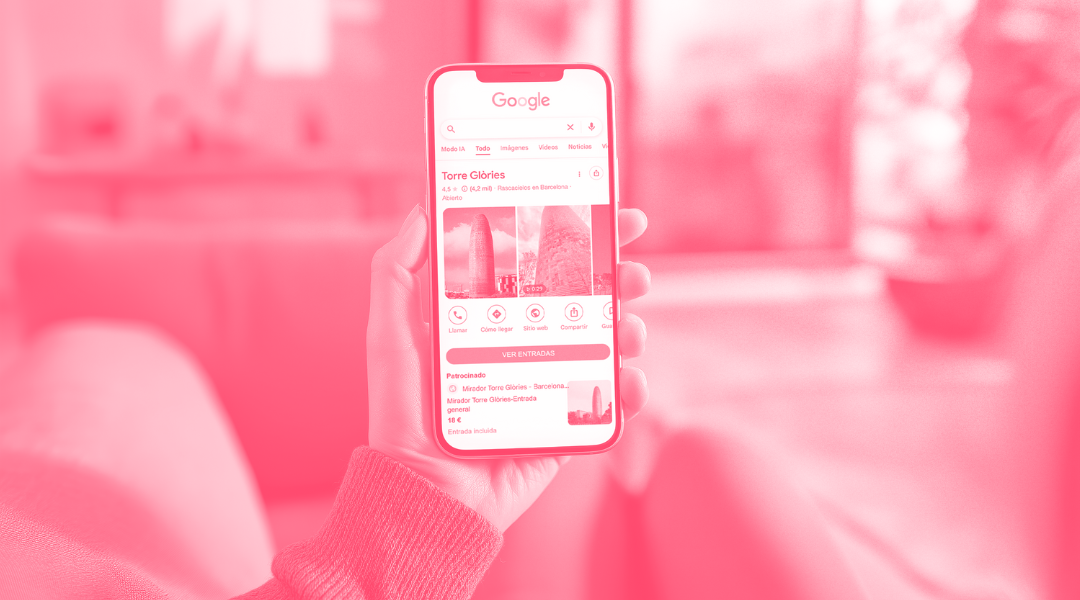
In recent years, the behavior of digital travelers has completely changed. They no longer plan weeks in advance or limit themselves to searching on travel agencies or portals. Today, most decisions about what to do in a destination are made directly on Google, at the very moment the intention arises: “what to visit in London”, “tickets for the Sagrada Familia”, or “best tours in Lisbon”.
And that’s where Google Things To Do (GTTD) comes into play one of the most powerful and least-known innovations within the Google Ads ecosystem.
Designed specifically to connect inspiration with action, GTTD allows your activities, tours, or tickets to appear right when users are searching for experiences, in the most visible part of Google Search and Maps.
Think of it this way: if Google Shopping transformed how products are sold online, Google Things To Do is doing the same for experiences.
TABLE OF CONTENTS
Google Things To Do is an integrated Google feature that acts as a digital showcase for tours, activities, tickets, and experiences.
Its mission is simple: to connect users with booking information at the exact moment they’re searching for things to do in a destination or point of interest.
Instead of being just another link, your offers appear in highly visible, structured modules across both Google Search and Google Maps.
💬 Real-life examples:
 In short, GTTD turns search intent into an immediate purchase action frictionless, intermediary-free, and with full control for the brand.
In short, GTTD turns search intent into an immediate purchase action frictionless, intermediary-free, and with full control for the brand.
Your offer appears exactly where the user’s purchase intent is highest: at the top of Google Search and within Google Maps.
Highlighted search blocks
When someone searches for “tickets [Your attraction name]” or “tours in [City]”, your offer is displayed in a visual carousel alongside other verified options.
Presence on Google Maps (📍)
Your tickets or activities are automatically linked to your Google Business Profile, allowing users to view booking options as they explore the map.
💡 Translation: premium visibility, qualified traffic, and full control of your brand presence within Google.
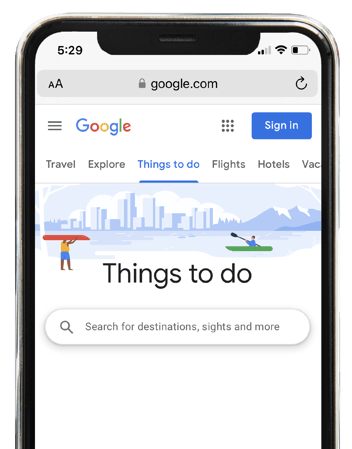
GTTD removes unnecessary steps and brings conversion closer to the point of inspiration.
“Official Site” badge
Your links can display the “Official Site” badge, generating instant trust in users who prefer to book directly with you, avoiding commissions and intermediaries.
Real-time prices and availability
Thanks to the direct feed connection, Google displays updated prices and real availability in the search results, speeding up decision-making.
Control of the experience
The user completes the purchase on your website, keeping your branding, conversion funnel, and upselling strategies intact.
Google designed GTTD with a 100% marketing mindset.
That’s why the solution includes two complementary modules:
🧠 In other words, GTTD brings Performance Max logic to the world of experiences.

Mirador Torre Glòries, one of Barcelona’s most iconic attractions, faced the challenge of gaining visibility and bookings in a saturated market.
Together with Adsmurai, they activated the Google Things To Do beta, becoming one of the first cases in Spain.
The strategy focused on automating the ticket inventory through a feed synced with Google Ads, optimizing data, and connecting directly with Google Maps.
Results:
💬 Google’s own team highlighted the Mirador Torre Glòries case as an official reference within the beta rollout, showcasing the potential of the format.
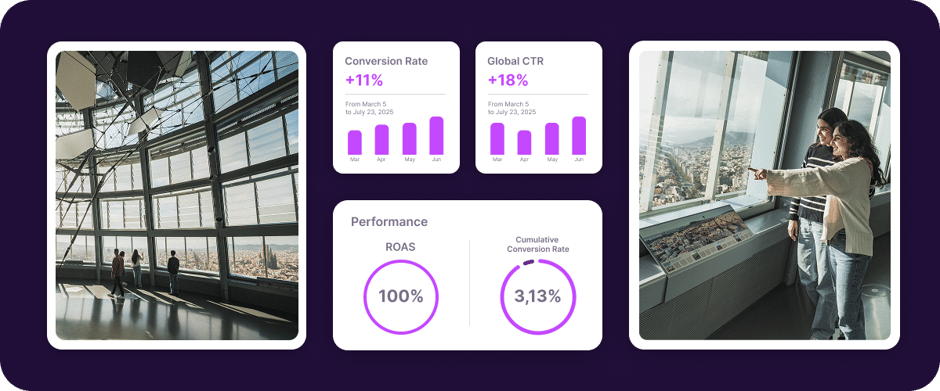
To appear in Google Things To Do, you need a precise and constantly updated data feed.
There are two ways to do this:
🧩 Through a connectivity partner (recommended)
Collaborate with a technology partner or booking system approved by Google (like Adsmurai 😉).
They handle the transmission of your inventory — prices, images, descriptions, and availability — directly to the platform.
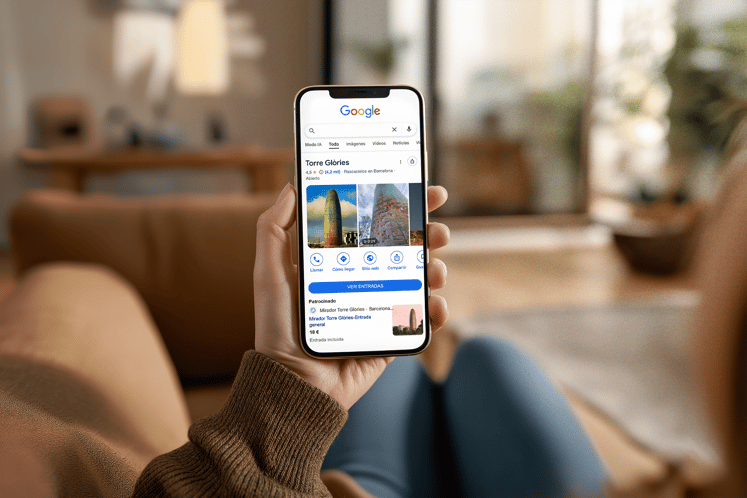
👩💻 Direct integration (Things To Do Center)
If you have a strong technical team, you can create and submit your own JSON-formatted feed to Google’s data center.
Essential initial steps
Google Things To Do is redefining how brands manage the visibility of their experiences within the Google ecosystem.
It’s no longer about waiting for users to reach your site, but about being present at the exact moment they search for things to do.
And like any Google innovation, those who move first will gain a competitive advantage: better ranking, lower acquisition costs, and unique behavioral insights.
🚀 At Adsmurai, we help brands connect their inventories with Google Things To Do through smart feeds, automation, and advanced reporting, fully integrated into their Paid Media strategies.
Because when users search for things to do, the real question is:
will you be there when they do?

Imagine reaching your ideal audience before they actively search for your product. Not when they're already decided, but when they're still...

In a recent decision that marks a significant shift in Google's privacy policy, the company has announced that it will keep third-party cookies...

In previous articles, we highlighted the importance of Google Ads in your digital marketing strategy. Before launching a campaign, you need to know ...